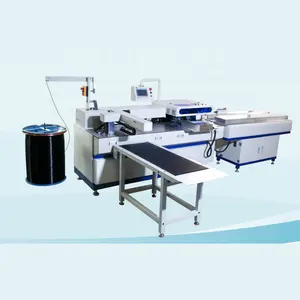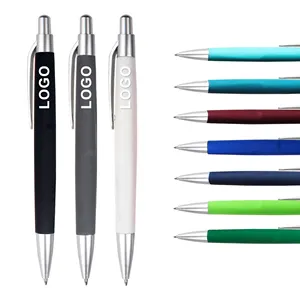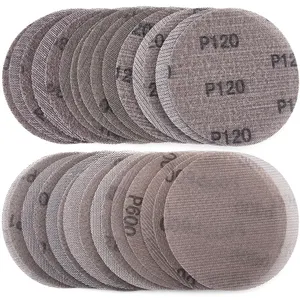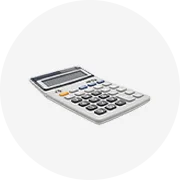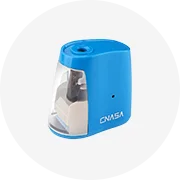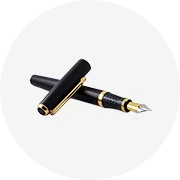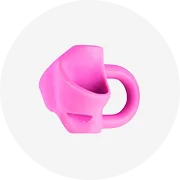Popular in your industry

































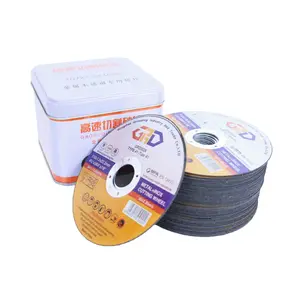





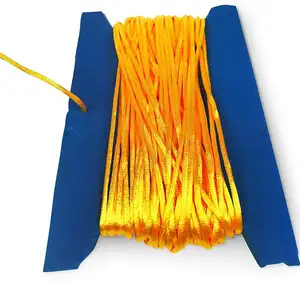

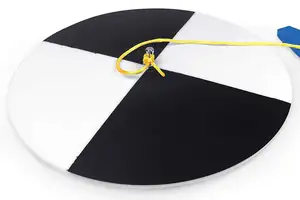
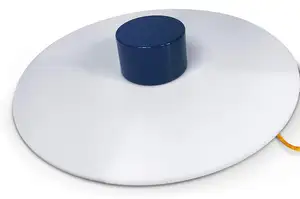


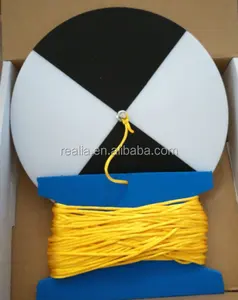


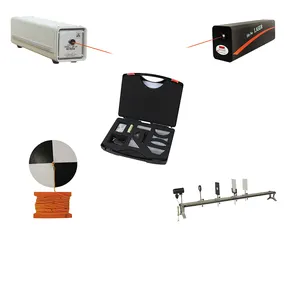

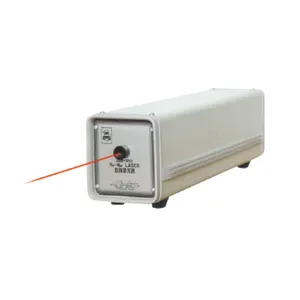
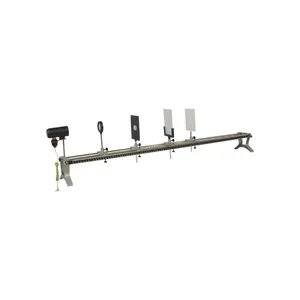


Top categories
About secchi disk
The Secchi disk, an elegantly simple instrument, is essential in limnology and oceanography for gauging the clarity or murkiness of water. This disk, commonly crafted from robust plastic, is submerged until it vanishes from sight, offering a Secchi depth measurement that is vital for evaluating water quality.
Varieties and Features of Secchi Disks
Secchi disks are designed in a range of styles to suit particular environments and research needs. The conventional disk, usually measuring 20-30 cm across, is the norm for freshwater studies. In oceanic research, a broader disk might be utilized to compensate for the diminished visibility in saline waters. Some disks are adorned with a checkerboard pattern of black and white sectors, while others may be uniformly white or black, reflecting regional conventions or the specific demands of the research. The selection of a disk type affects the Secchi disk reading, as various settings and objectives may necessitate a design that is either more sensitive or offers greater contrast for precise readings.
Design and Usage of the Secchi Disk
The architecture of a Secchi disk is thoughtfully constructed to ensure its utility. The disk is a flat, round plate with a central aperture for affixing a weight, which guarantees its even descent. The tether or cord fastened to the disk is marked at set intervals, typically in meters or feet, to ascertain the depth at which the disk ceases to be visible. This ingeniously straightforward mechanism permits the Secchi disk depth to be determined accurately, as the observer can simply record the mark on the tether at the water's surface when the disk disappears.
Materials and Durability
The constituents of a Secchi disk are selected for their longevity and inertness in aquatic settings. High-density plastic is favored for its resilience to corrosion, ultraviolet light, and biological accumulation. This ensures the disk's longevity and consistent structural soundness over time. The plastic's properties also facilitate a steady sinking velocity and minimal upkeep, rendering it the optimal material for this purpose.
Commercial Uses and Functions
In the commercial sphere, the Secchi disk proves invaluable in sectors such as aquaculture, environmental surveillance, and water purification. In aquaculture, sustaining clear water is imperative for the wellbeing of aquatic organisms, and routine Secchi disk assessments assist in regulating feed quantities and algal proliferation. Environmental bodies employ the disk to gauge the impact of effluent and contaminants, supplying data that can shape policy-making. Water treatment plants use the disk to evaluate the success of their filtration and sedimentation techniques, ensuring that discharged water adheres to environmental safety norms.
Roles and Responsibilities
The principal role of the Secchi disk is to quantify water transparency. This metric serves as an indicator of various water quality factors, such as sediment, phytoplankton, and organic content levels. By offering a measurable Secchi depth measurement, the disk supports ecological assessments, environmental policy formulation, and water resource management.
Advantages and Distinctive Qualities
The Secchi disk is distinguished by attributes that render it the instrument of choice for professionals across diverse disciplines. Its straightforwardness and user-friendliness, devoid of any electronic parts or power requirements, make it a dependable and economical option. The disk's capacity to provide immediate results sets it apart from more intricate water testing methods that may necessitate lab analyses and extended processing periods.
Advantages and Favorable Outcomes
Employing a Secchi disk yields numerous advantages. It enables swift evaluations of water quality, crucial in scenarios demanding prompt decision-making, such as during pollution incidents. The non-disruptive nature of the Secchi disk assessment ensures that the aquatic ecosystem under study remains undisturbed, preserving its ecological integrity.
Optimal Utilization of the Secchi Disk
To effectively deploy a Secchi disk, adherence to a uniform procedure is crucial. The disk should be lowered into the water on the shaded side of a vessel or pier to mitigate the effects of reflections and glare on the reading. The disk should be submerged gradually, and the depth at which it becomes invisible should be recorded. For the most precise outcomes, the test should be conducted multiple times and the mean depth noted.
Selecting the Appropriate Secchi Disk
Selecting the appropriate Secchi disk hinges on the user's specific requirements. Marine biologists might select a larger disk with additional weight to counterbalance the buoyancy of seawater. Freshwater researchers may favor a more compact disk for easier manipulation. The disk's color and pattern should also be chosen with consideration for the usual conditions of the aquatic environment being examined.
Cleaning and Upkeep of the Secchi Disk
Cleaning and maintaining a Secchi disk is a straightforward affair. Post-use, the disk should be cleansed with fresh water to eliminate any detritus or biological matter. Storing the disk in a temperate, arid location away from sunlight will prevent distortion and fading of the markings. Routine inspections of the tether and weight attachment are advisable to maintain precise readings.
Setting Up the Secchi Disk
Setting up a Secchi disk is an uncomplicated task. The disk typically arrives ready for immediate use from the manufacturer, with the weight and tether pre-attached. Nonetheless, users should verify that the tether is securely connected to the disk and that the weight is sufficient for a consistent descent.
Intended Audience and Their Requirements
The intended audience for Secchi disks encompasses environmental scientists, marine biologists, water treatment experts, and educators. The disk meets their needs by offering a trustworthy, straightforward, and cost-efficient method for appraising water clarity. For educators, the Secchi disk serves as an excellent instrument for illustrating concepts of light attenuation and aquatic sciences to students.
Contribution of the Secchi Disk to Water Quality Monitoring
The Secchi disk plays a pivotal role in monitoring water quality. By providing a Secchi depth measurement, it reflects the degree of light penetration in water, which correlates directly with the concentration of suspended particles that can impact aquatic ecosystems. Regular Secchi disk readings can monitor shifts in water clarity over time, signaling potential ecological changes or the introduction of pollutants.
Criteria for Precise Secchi Disk Readings
To achieve precise Secchi disk readings, various factors must be taken into account. Environmental variables such as the time of day, sunlight intensity, and water surface agitation can influence visibility. It is also critical to ensure the disk is unblemished and the markings on the tether are distinctly visible. Consistent application of the Secchi disk test methodology is essential for reliable data collection.
Preserving the Secchi Disk for Extended Use
Long-term maintenance of a Secchi disk involves routine cleaning to remove any biofouling or debris that might obscure its design. Storing the disk in environments shielded from direct sunlight and extreme temperatures when not in use will also help maintain the integrity of its materials. Regularly inspecting the tether for wear and ensuring the weight is firmly affixed will ensure consistent performance with each Secchi disk use.



